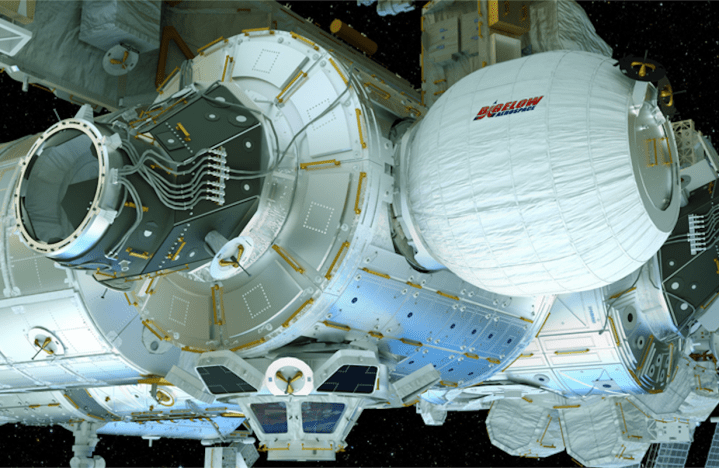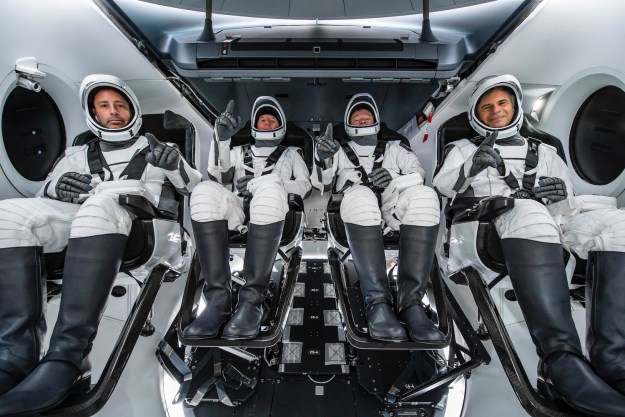
Taking a giant leap toward this lofty goal, the International Space Station (ISS) recently took delivery of the Bigelow Expandable Activity Module (BEAM), a habitat that can be packed into a small space for transportation before being inflated to five times its original size.
BEAM is the result of years of collaboration between NASA, which first came up with the idea, and private space firm Bigelow, which has been developing it further.
The all-important inflation procedure begins on Thursday May 26 at 5.30am ET, with NASA Television showing a live feed of the event here. Before that, on May 24, members of NASA and Bigelow will take questions about the BEAM project via NASA’s Facebook page at 4pm ET, and on Reddit at 5pm ET.
Thursday’s work will mark the start of a two-year trial to determine whether BEAM’s current design is safe enough to host astronauts during long missions. Engineers will learn about the effectiveness of its tough multi-layer fabric in dealing with hazards such as space debris. Environmental stresses, temperature and radiation among them, will also be monitored.
Assuming the inflation goes to plan, ISS astronauts will first enter the room, which will be attached to the outside of the space station, on June 2. They’ll access it via the station’s Tranquility module, though they won’t be staying inside for extended periods just yet. Instead, they’ll return several times during the two-year test period to gather sensor data so they can examine conditions inside the module to confirm its safety.
Bigelow announced a collaboration in April with United Launch Alliance (ULA) to develop a much larger expandable living pod that could launch on board a ULA Atlas V rocket in 2020.
This one will be around 30 percent of the ISS’s volume, and is expected to incorporate technology that could one day allow it to function as a self-sufficient orbiting outpost.
Editors' Recommendations
- NASA is seeking help to crash the space station at the end of its life
- Watch SpaceX’s Crew Dragon thrusters guide it to space station
- How to watch SpaceX Crew-4 astronauts launch to ISS
- Check out this cool NASA image of SpaceX Crew-3’s ride home
- NASA footage shows SpaceX Crew-4 training for ISS mission


